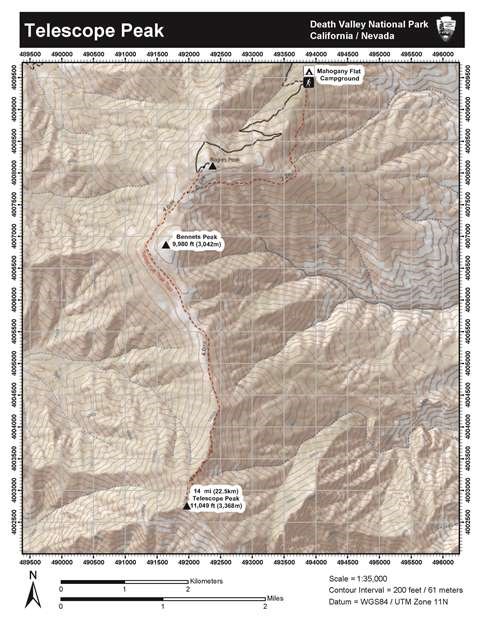
NPS/Dan Kish Length: 14 mile (22.5km) out and back, round trip 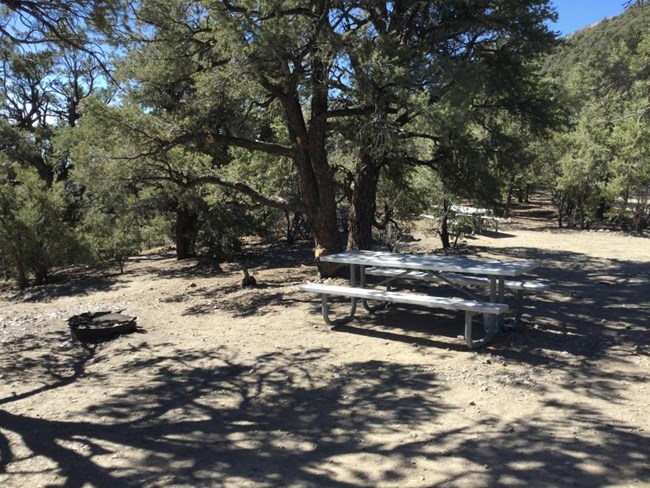
NPS Route DescriptionThe 10 space Mahogany Flat Campground located at the trailhead is the ideal place to spend the night and acclimate to the high elevation. There is no water at the camp.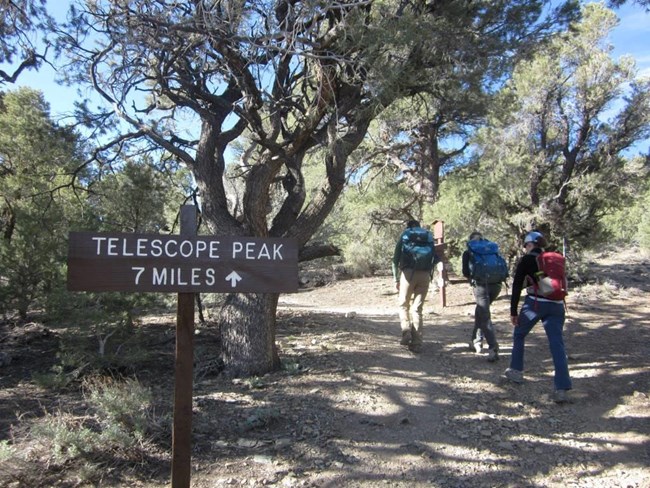
NPS - Dan Kish 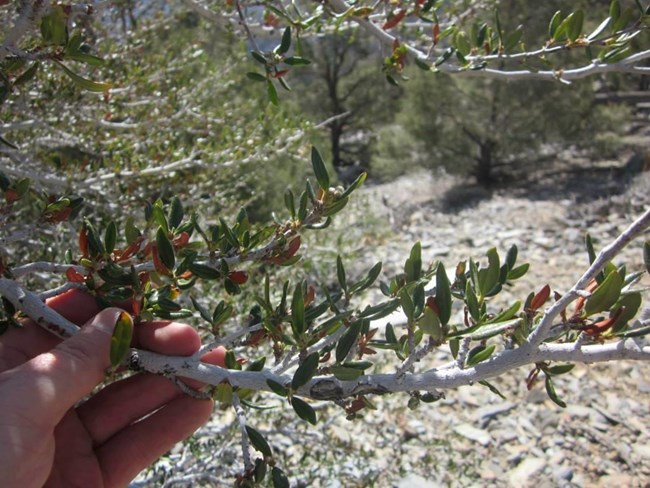
NPS - Dan kish 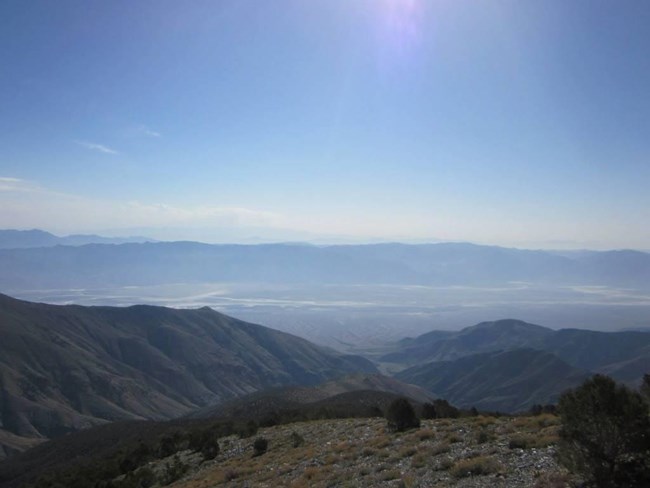
NPS - Dan Kish 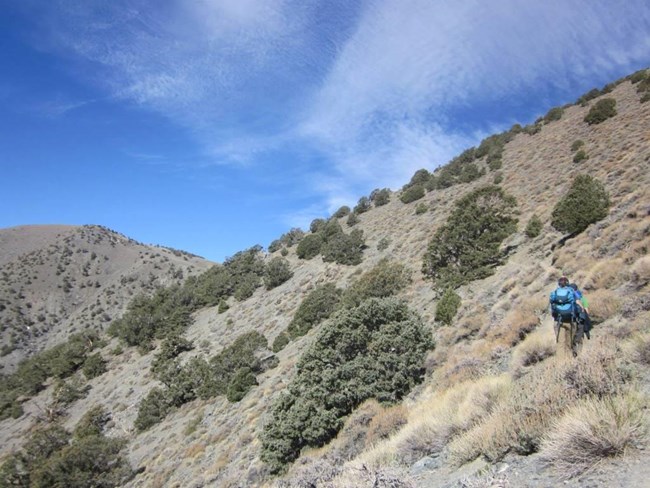
NPS - Dan Kish 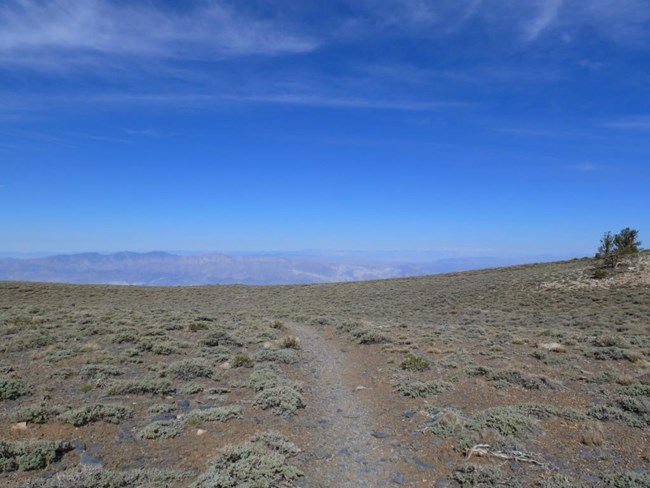
NPS - Dan Kish 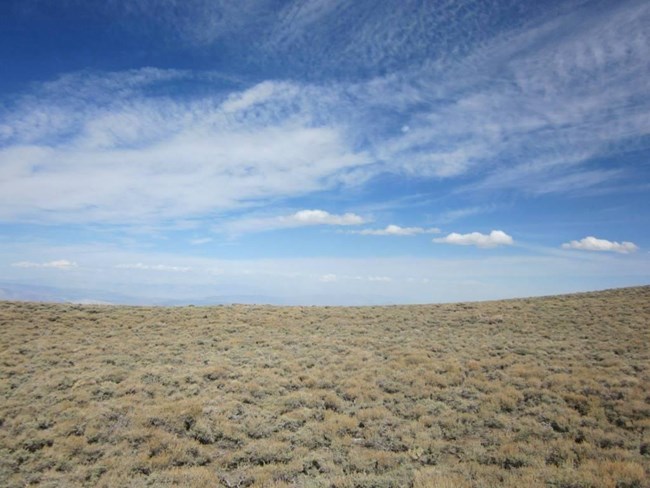
NPS - Dan Kish 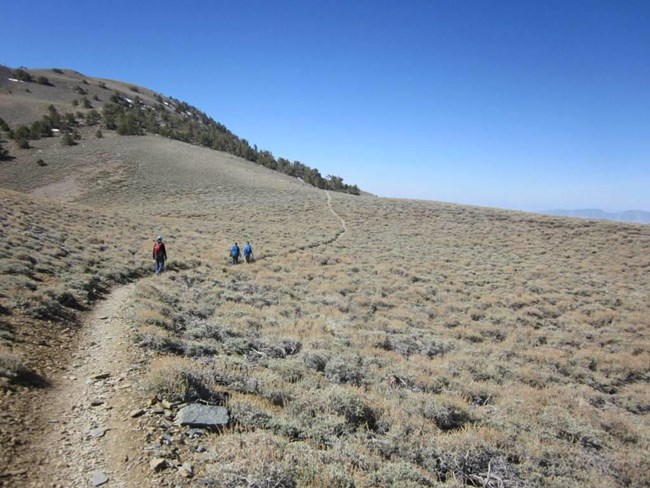
NPS - Dan Kish 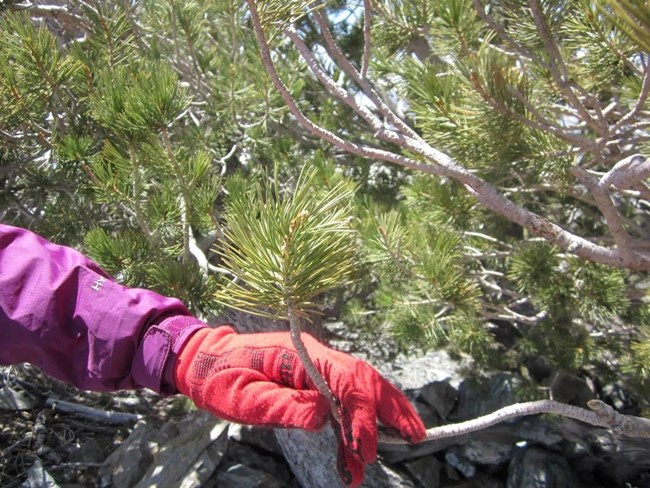
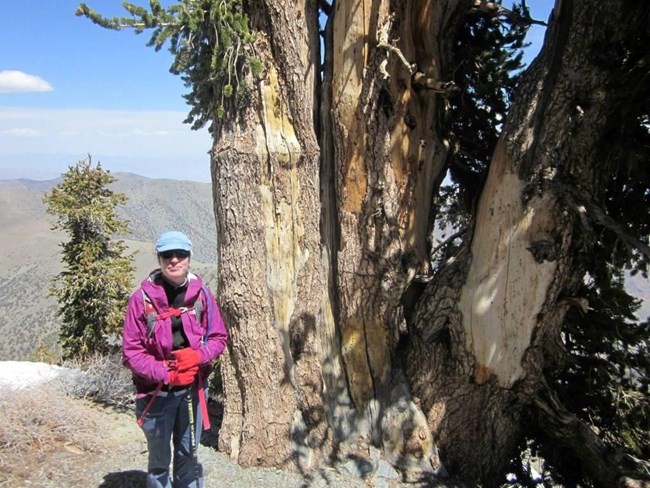
NPS - Dan Kish 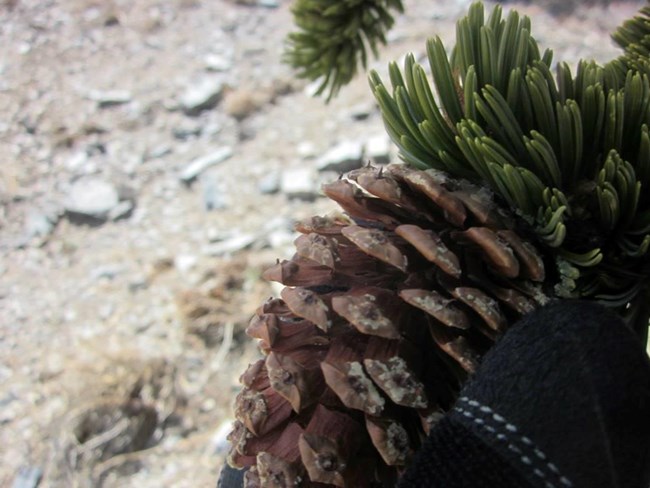
NPS - Dan Kish 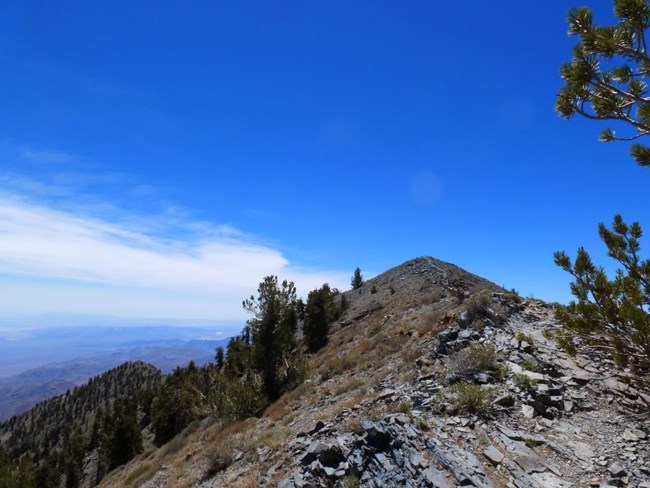
NPS - Dan Kish 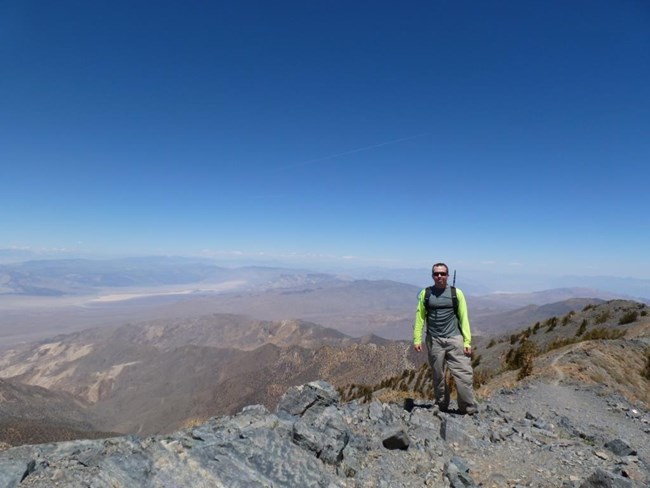
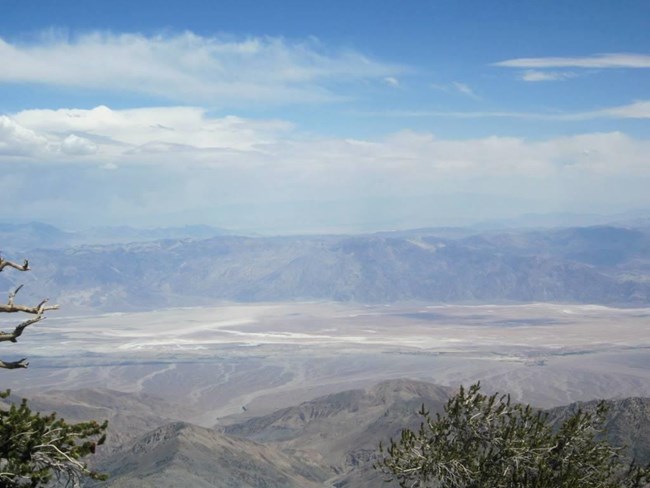
Badwater Basin at -282 feet (-86m) below sea level. 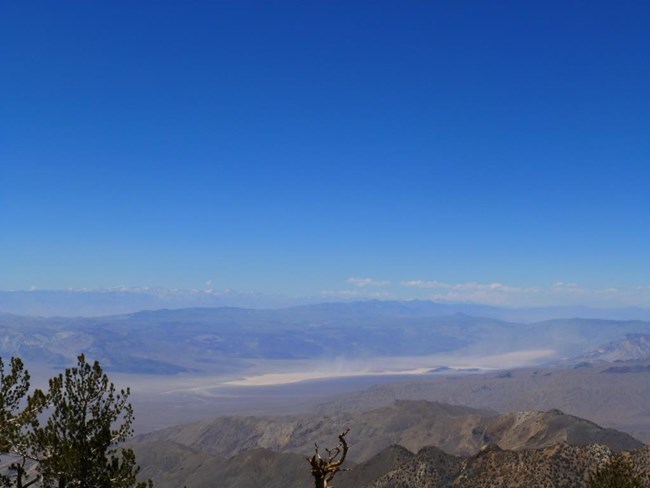
NPS - Dan Kish 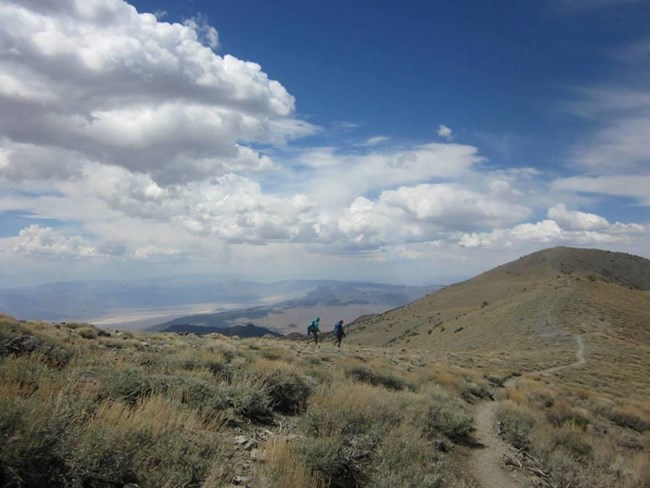
NPS - Dan Kish |
Last updated: June 24, 2018
